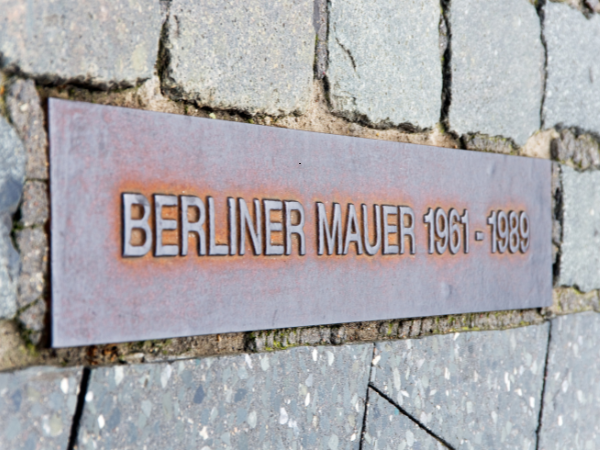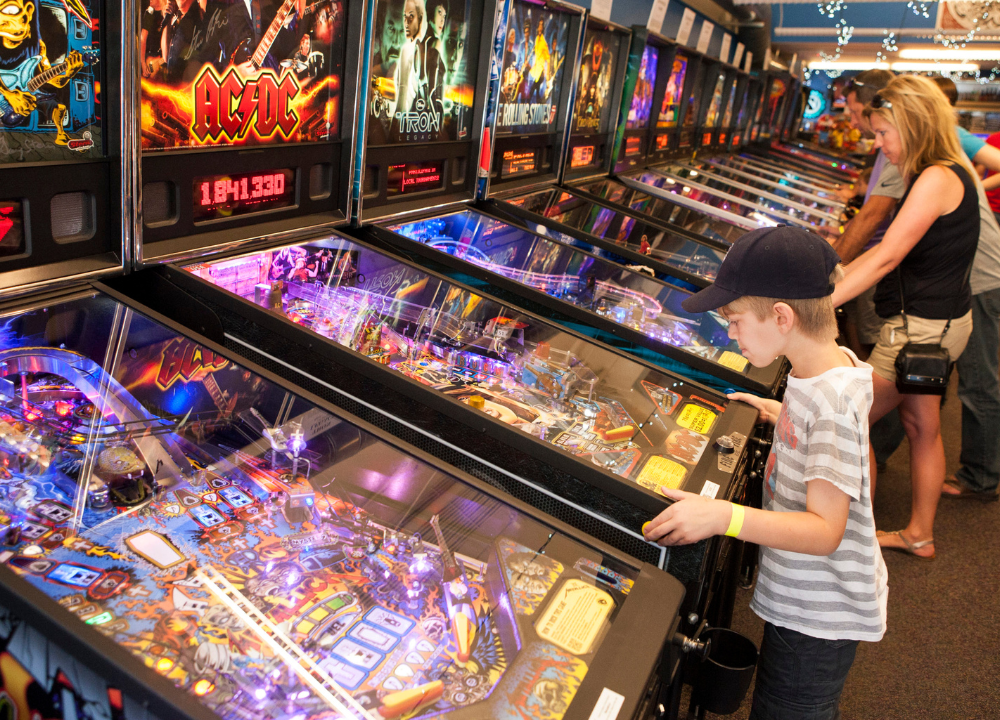The global art scene in 2025 was a vibrant tapestry of retrospectives, political commentary, and technological innovation. From the romantic landscapes of Caspar David Friedrich in Berlin to the provocative themes of migration and identity at the Venice Biennale, this year’s exhibitions reflected both historical depth and contemporary urgency.
A Year of Artistic Revival Across Europe
2025 marked a resurgence in cultural programming across Europe, with museums and galleries embracing bold curatorial visions. Audiences returned in record numbers, eager for immersive and thought-provoking experiences.
Key trends included:
- Anniversary Retrospectives – Celebrations of artists like Caspar David Friedrich and Suzanne Valadon.
- Political Art – Works addressing war, migration, and climate change gained prominence.
- Digital Integration – Augmented reality and AI-enhanced installations became mainstream.
- Global Voices – Increased representation of artists from Ukraine, Africa, and the Middle East.
- Cross-Institutional Collaborations – Major shows were co-curated across cities and countries.
This renewed energy signaled a shift toward more inclusive, experimental, and socially engaged art programming.
Berlin’s Bold Exhibitions and Cultural Statements
Berlin stood out in 2025 for its fearless embrace of politically charged and immersive art. The city’s museums and independent spaces tackled themes of identity, memory, and transformation.
Notable exhibitions included:
- “Madre” by Delcy Morelos – A monumental installation at Hamburger Bahnhof exploring indigenous knowledge and the earth’s regenerative power.
- Klára Hosnedlová’s “Embrace” – A haunting installation reflecting on domesticity and utopia in shifting political systems.
- Caspar David Friedrich 250 – A major retrospective at Alte Nationalgalerie honoring the Romantic master’s legacy.
Berlin’s art scene in 2025 reaffirmed its role as a hub for critical discourse and creative experimentation.
Venice Biennale 2025: “Foreigners Everywhere” and Global Resonance
The 60th Venice Biennale, curated under the theme “Foreigners Everywhere,” was one of the most talked-about art events of the year. It explored migration, identity, and belonging through a global lens.
Highlights included:
- Ukrainian Pavilion – Featuring works by Zhanna Kadyrova and Nikita Kadan on displacement and resilience.
- African Diaspora Artists – Powerful installations addressing colonial legacies and cultural hybridity.
- Interactive Installations – Viewers engaged with digital storytelling and participatory art.
- Environmental Art – Pieces highlighting climate migration and ecological collapse.
The Biennale’s inclusive approach and urgent themes made it a defining cultural moment of 2025.
Paris and the Surrealism Centennial: A Century of Dreamscapes
Paris celebrated 100 years of Surrealism with a series of exhibitions that reexamined the movement’s legacy and influence on contemporary art.
Key events included:
- “Surrealism Reimagined” – Centre Pompidou – Featuring works by Leonora Carrington, Max Ernst, and contemporary surrealists.
- Suzanne Valadon Retrospective – Musée d’Art Moderne – A deep dive into the life and work of one of France’s pioneering female artists.
- Multimedia Installations – Blending classic surrealist imagery with modern digital techniques.
These exhibitions reminded audiences of Surrealism’s enduring power to challenge logic and awaken the subconscious.
Amsterdam’s Van Gogh Dialogues: Kiefer Meets the Master
The Van Gogh Museum in Amsterdam hosted a groundbreaking exhibition titled “Kiefer/Van Gogh”, exploring the influence of Vincent van Gogh on German artist Anselm Kiefer.
Exhibition features:
- Parallel Journeys – Kiefer retraced Van Gogh’s steps and responded to his landscapes.
- Material Dialogues – Juxtaposition of Van Gogh’s brushwork with Kiefer’s textured surfaces.
- Emotional Resonance – Themes of suffering, nature, and transcendence echoed across both artists’ works.
This cross-generational dialogue offered fresh insights into Van Gogh’s legacy and Kiefer’s introspective practice.
Caspar David Friedrich’s 250th Anniversary in Berlin
2025 marked the 250th anniversary of Caspar David Friedrich’s birth, celebrated with a major retrospective at Berlin’s Alte Nationalgalerie.
Exhibition highlights:
- Iconic Works – “Wanderer above the Sea of Fog” and “Monk by the Sea” were centerpieces.
- Romanticism Revisited – Contemporary artists responded to Friedrich’s themes of solitude and nature.
- Immersive Displays – Panoramic projections recreated Friedrich’s landscapes in 360°.
The exhibition reaffirmed Friedrich’s relevance in an age of ecological anxiety and spiritual searching.
Ukrainian Artists and the Rise of Political Art
Ukrainian artists played a pivotal role in shaping the global art narrative in 2025. Their work, often created in exile or under duress, captured the world’s attention.
Key contributions:
- “Ukrainian Art Now” – Berlin – A showcase of contemporary responses to war and identity.
- Zhanna Kadyrova’s “Palyanytsia” – Stone sculptures shaped like bread, symbolizing hospitality and resistance.
- Collaborations – Ukrainian artists partnered with institutions in Poland, Germany, and the U.S.
Their art became a powerful form of cultural resistance and global solidarity.
Digital Frontiers: Multimedia and AI in Contemporary Exhibitions
Technology continued to reshape the art world in 2025, with digital media becoming central to both creation and curation.
Innovations included:
- AI-Generated Art – Used in both conceptual installations and interactive experiences.
- Augmented Reality – Enabled viewers to explore hidden layers of artworks.
- Virtual Museums – Expanded access to global exhibitions.
- Data-Driven Installations – Visualized climate change, migration, and social trends.
These tools allowed artists to reach wider audiences and tell more complex stories.
What 2025’s Art Scene Revealed About Humanity and Hope
The art of 2025 was not just beautiful—it was urgent, reflective, and deeply human. Across cities and continents, artists responded to a world in flux with creativity and courage.
Key takeaways:
- Art as Witness – Documenting conflict, migration, and transformation.
- Global Dialogue – Cross-cultural exhibitions fostered empathy and understanding.
- Emotional Depth – Artists embraced vulnerability and introspection.
- Hope Through Creation – Even in crisis, art offered healing and connection.
From Berlin to Venice, 2025 proved that art remains one of humanity’s most powerful tools for reflection and renewal.




